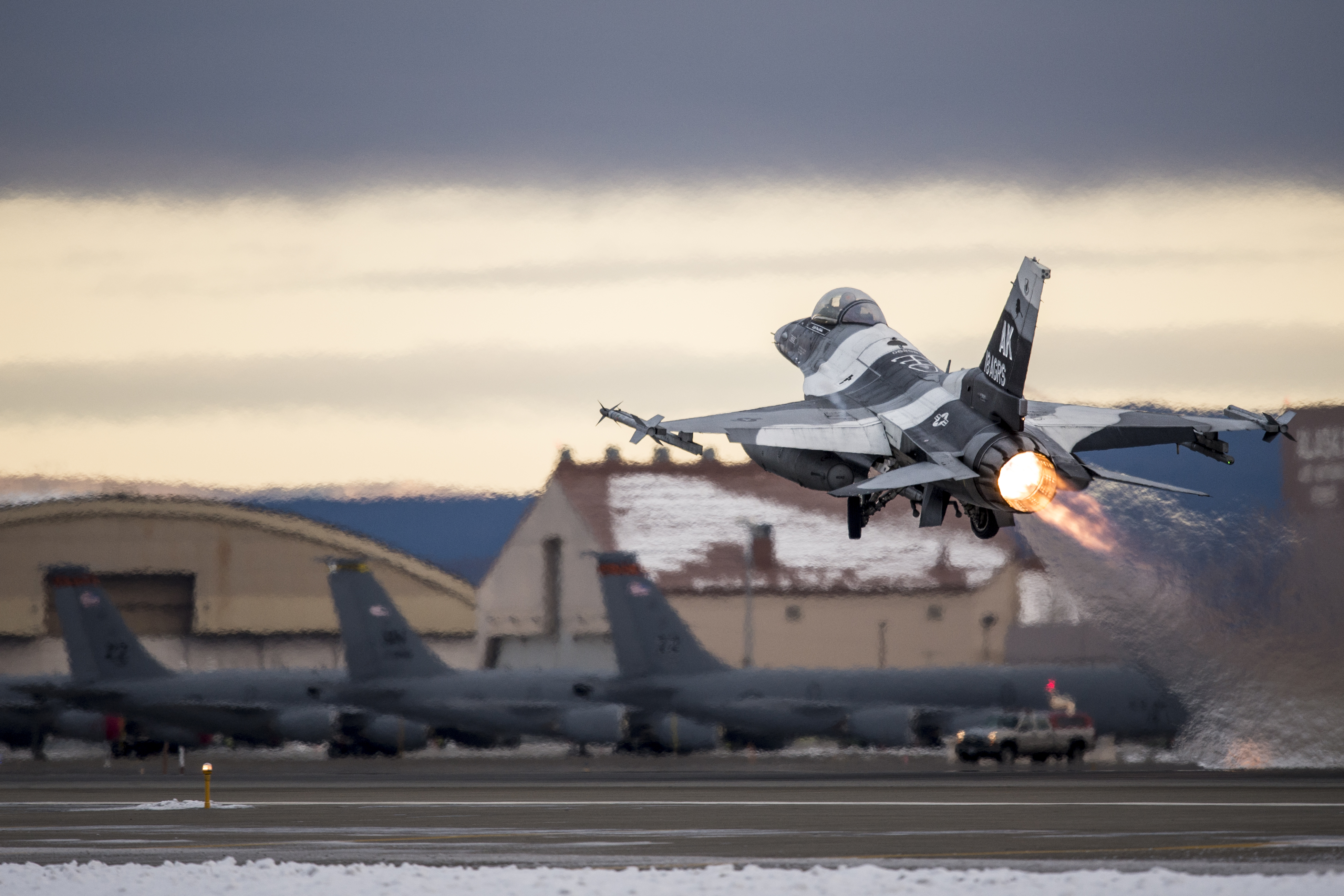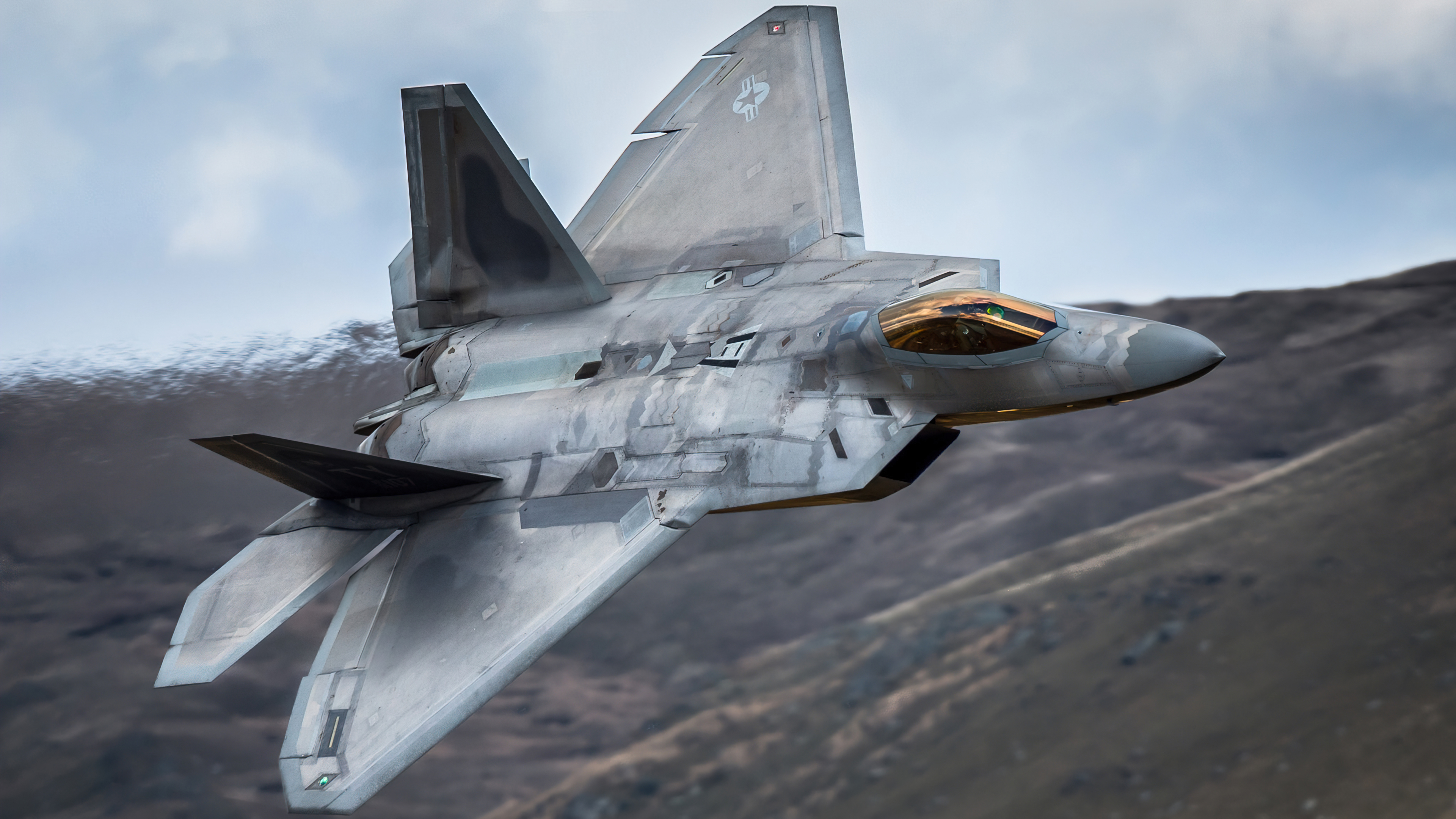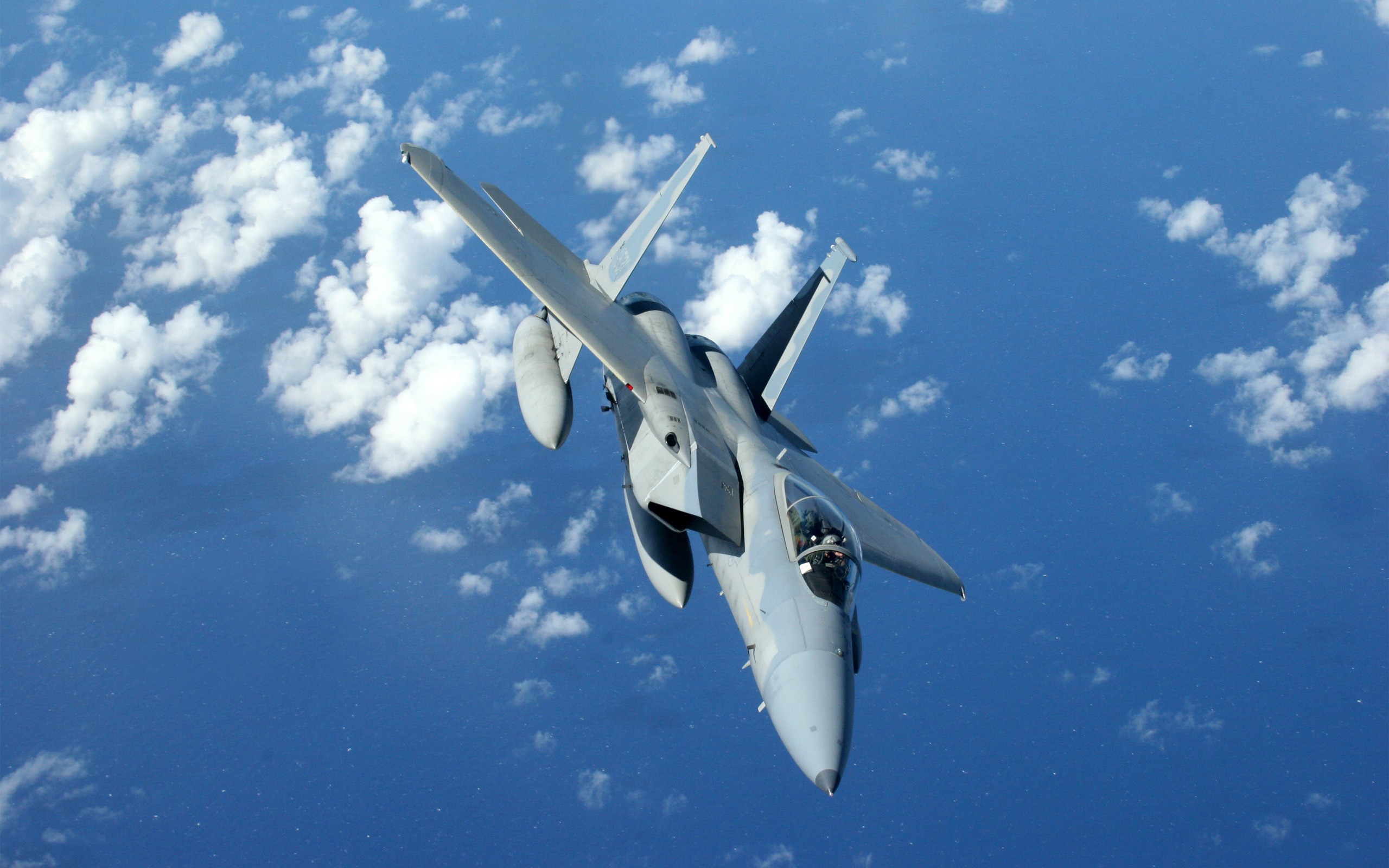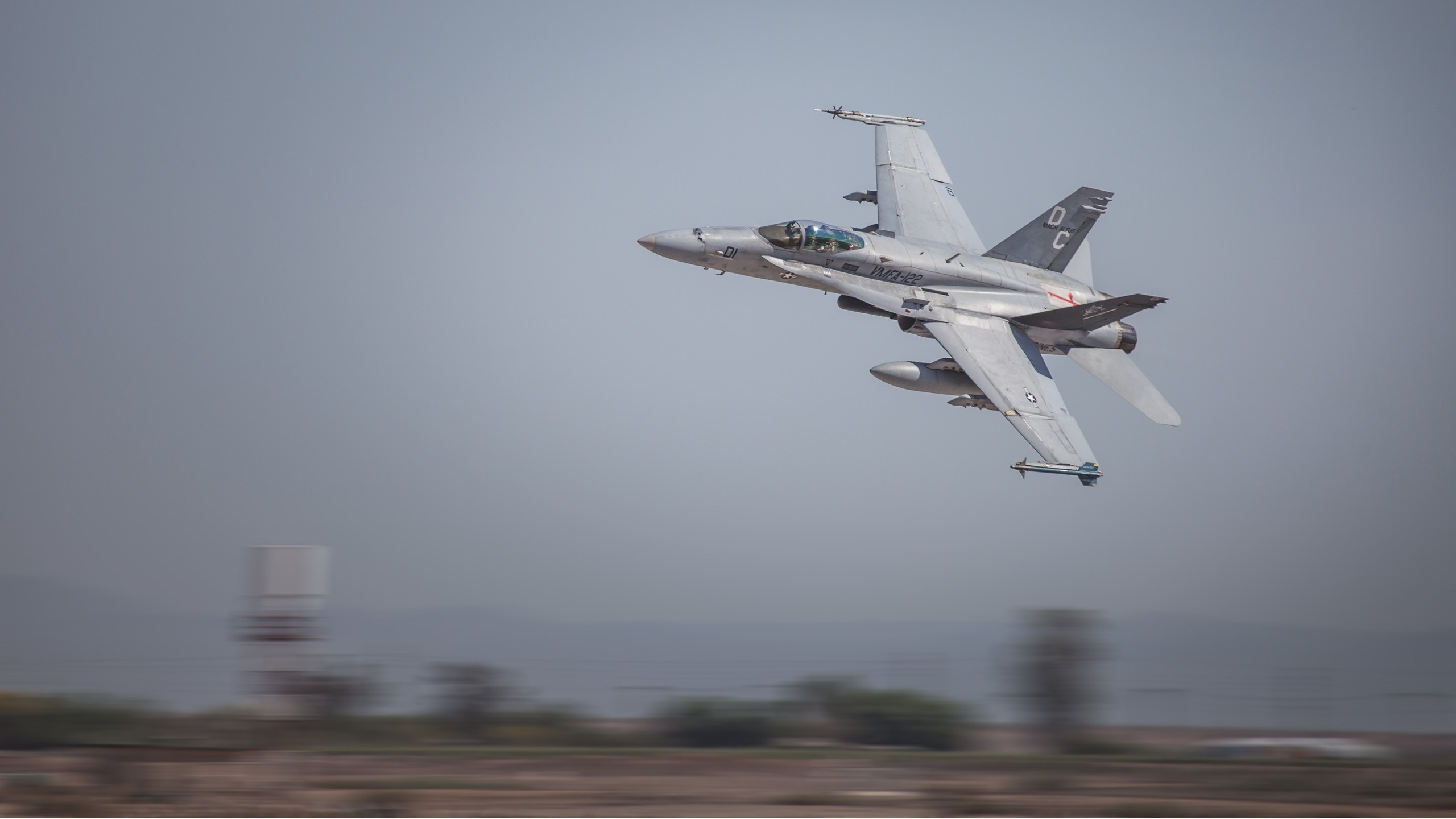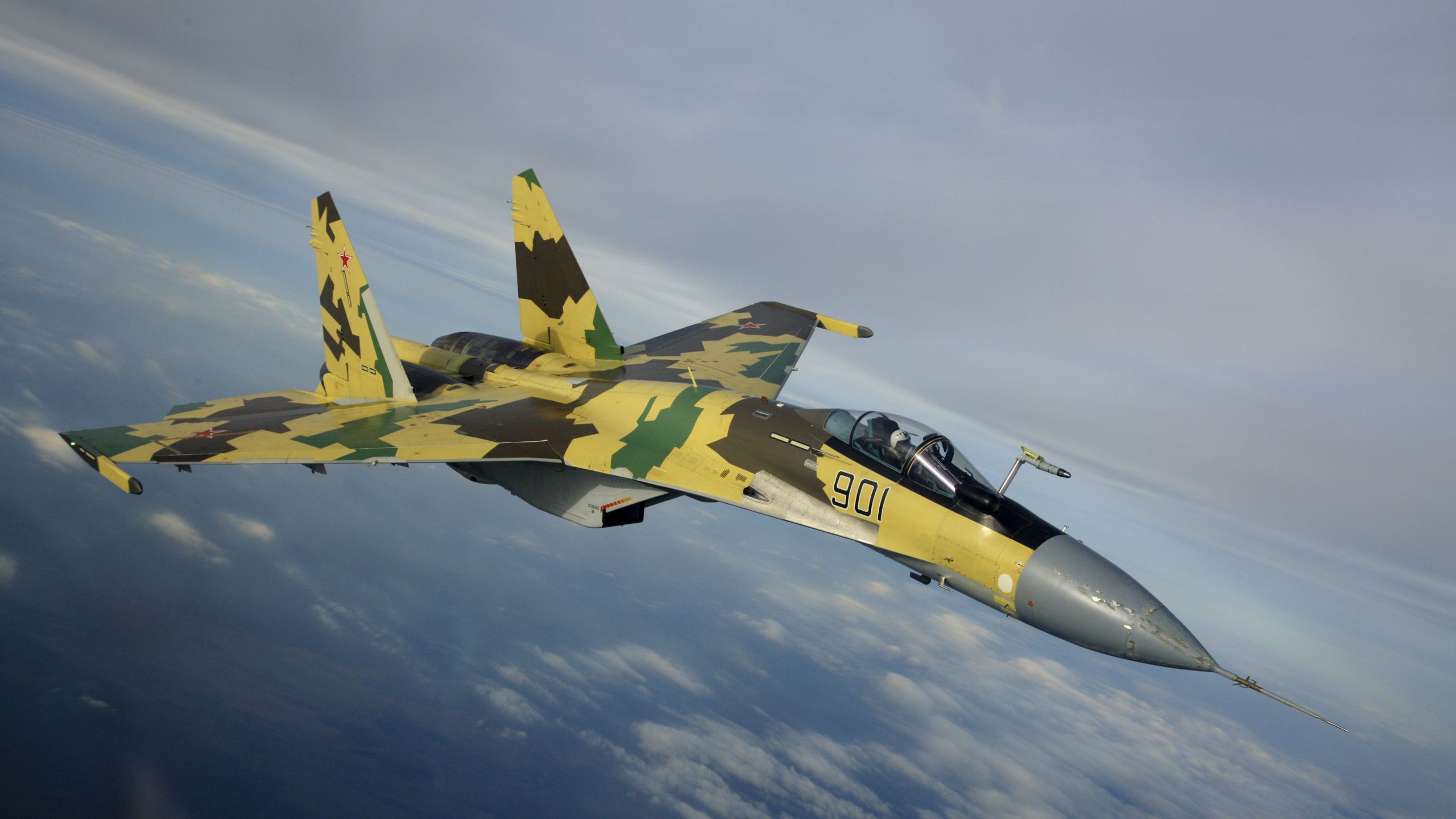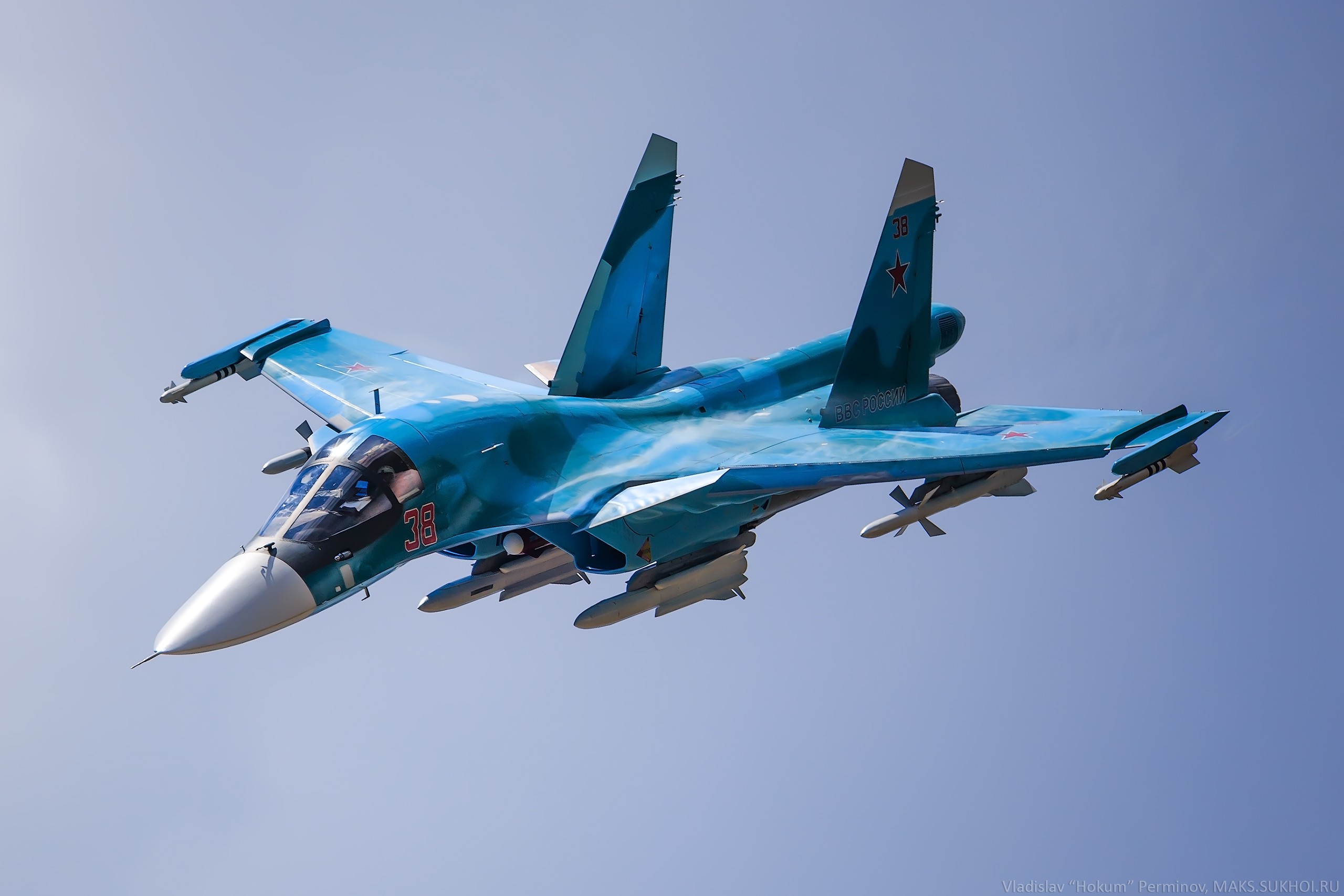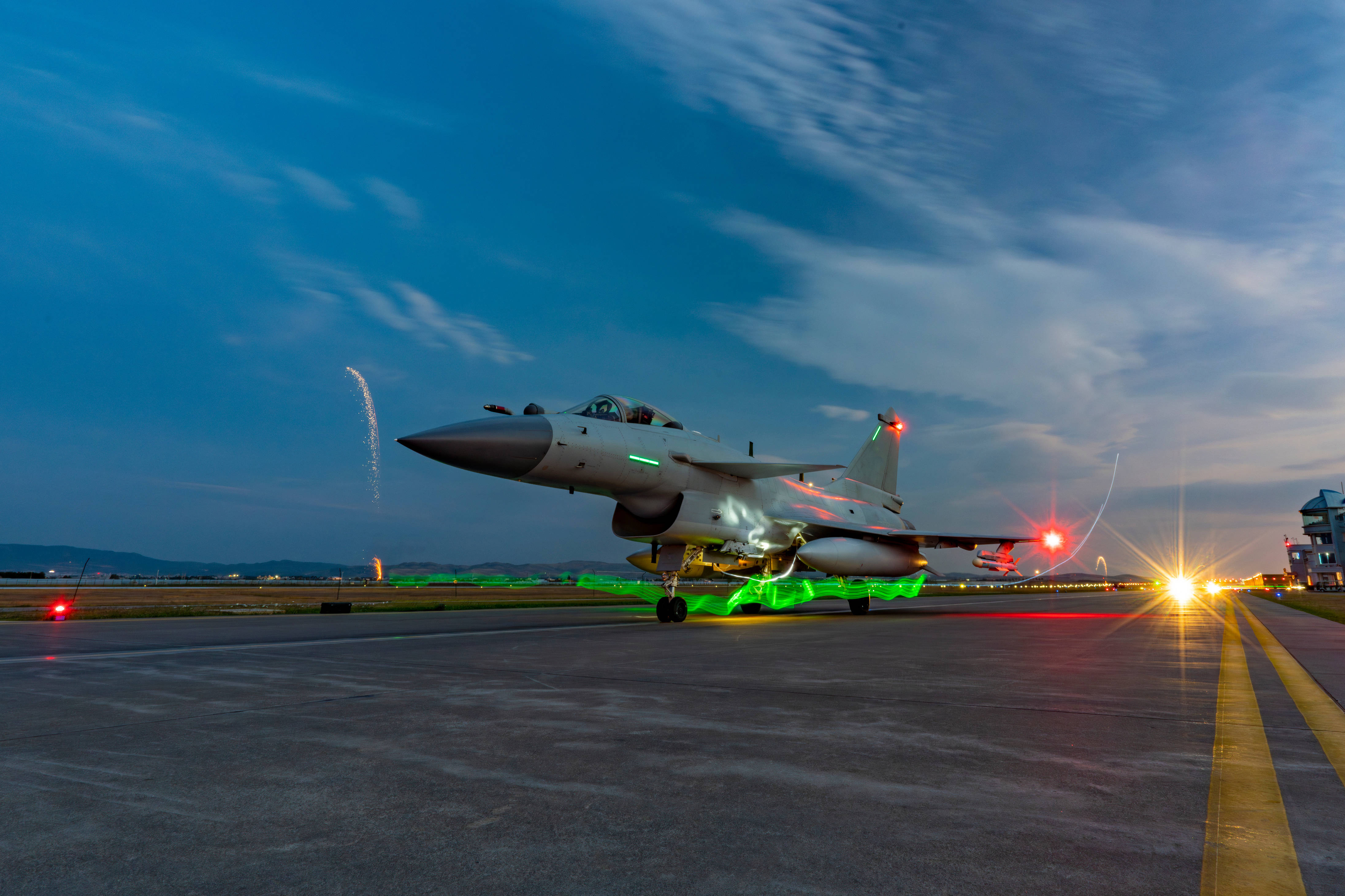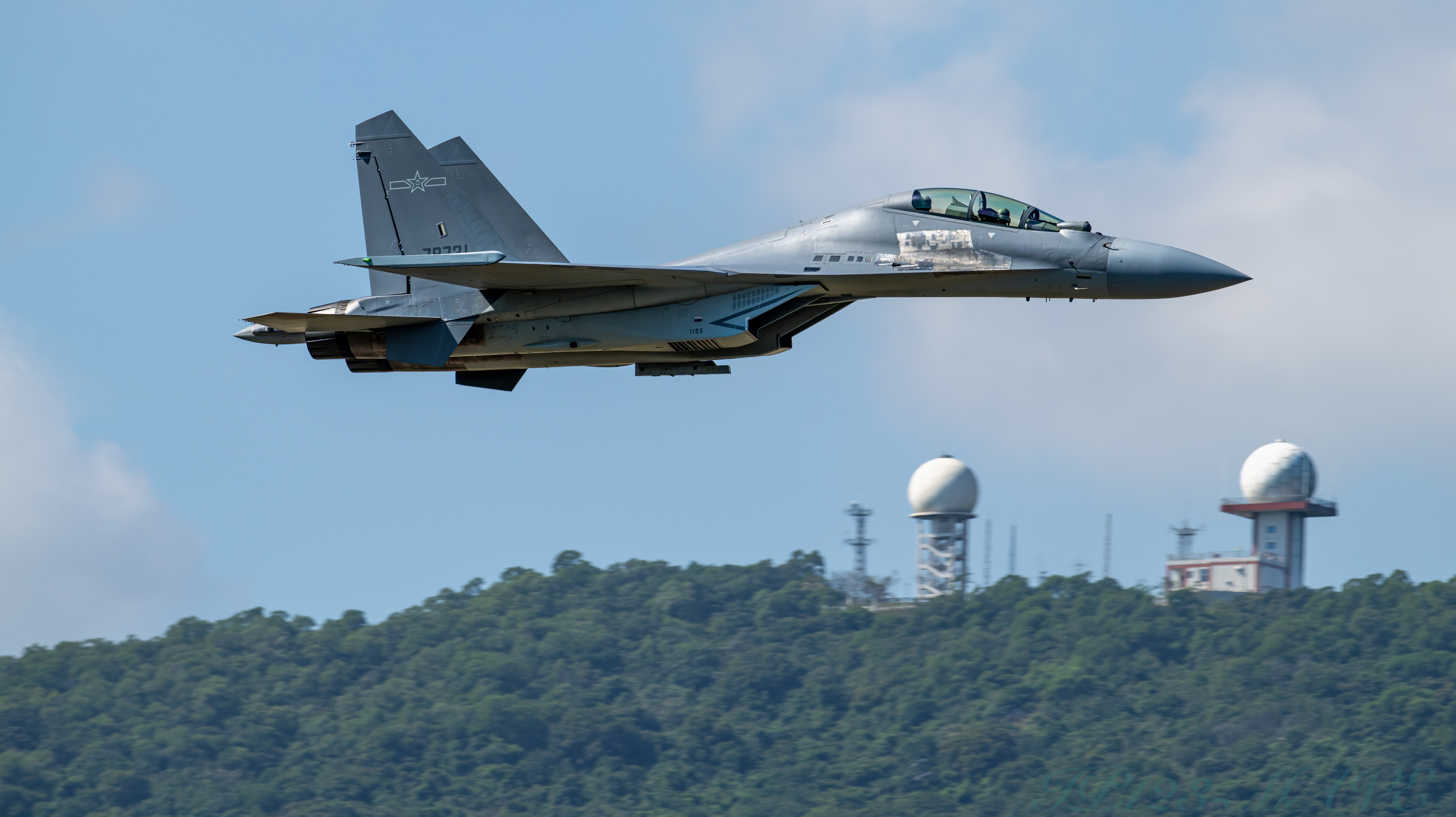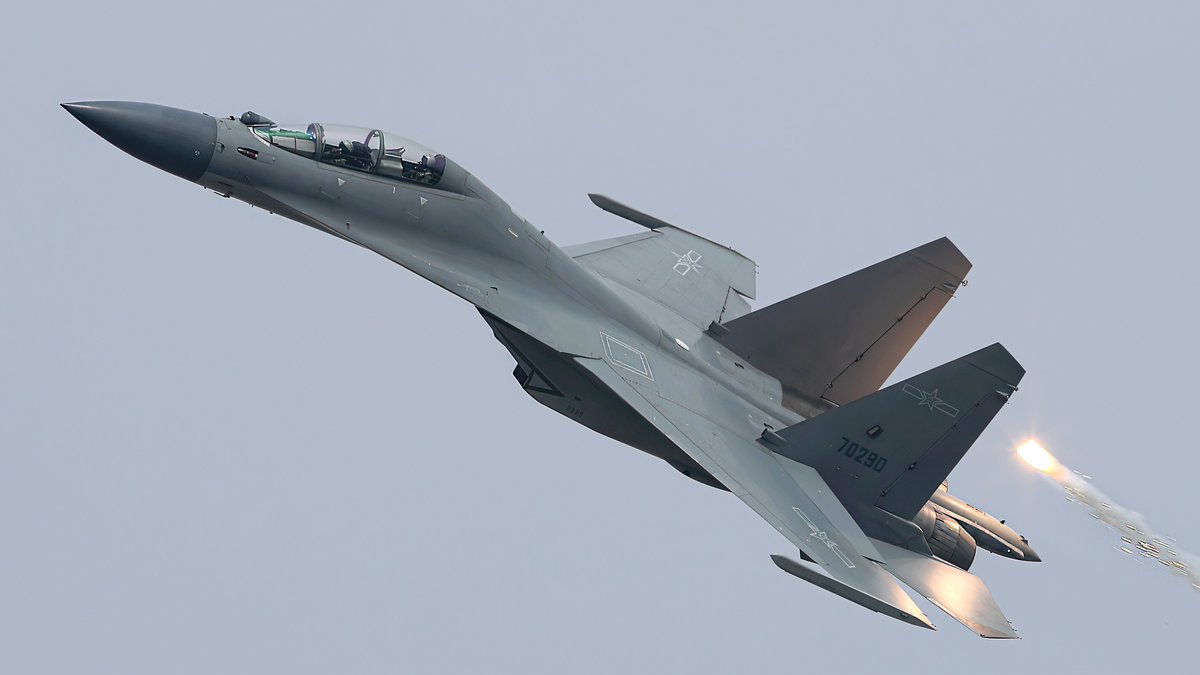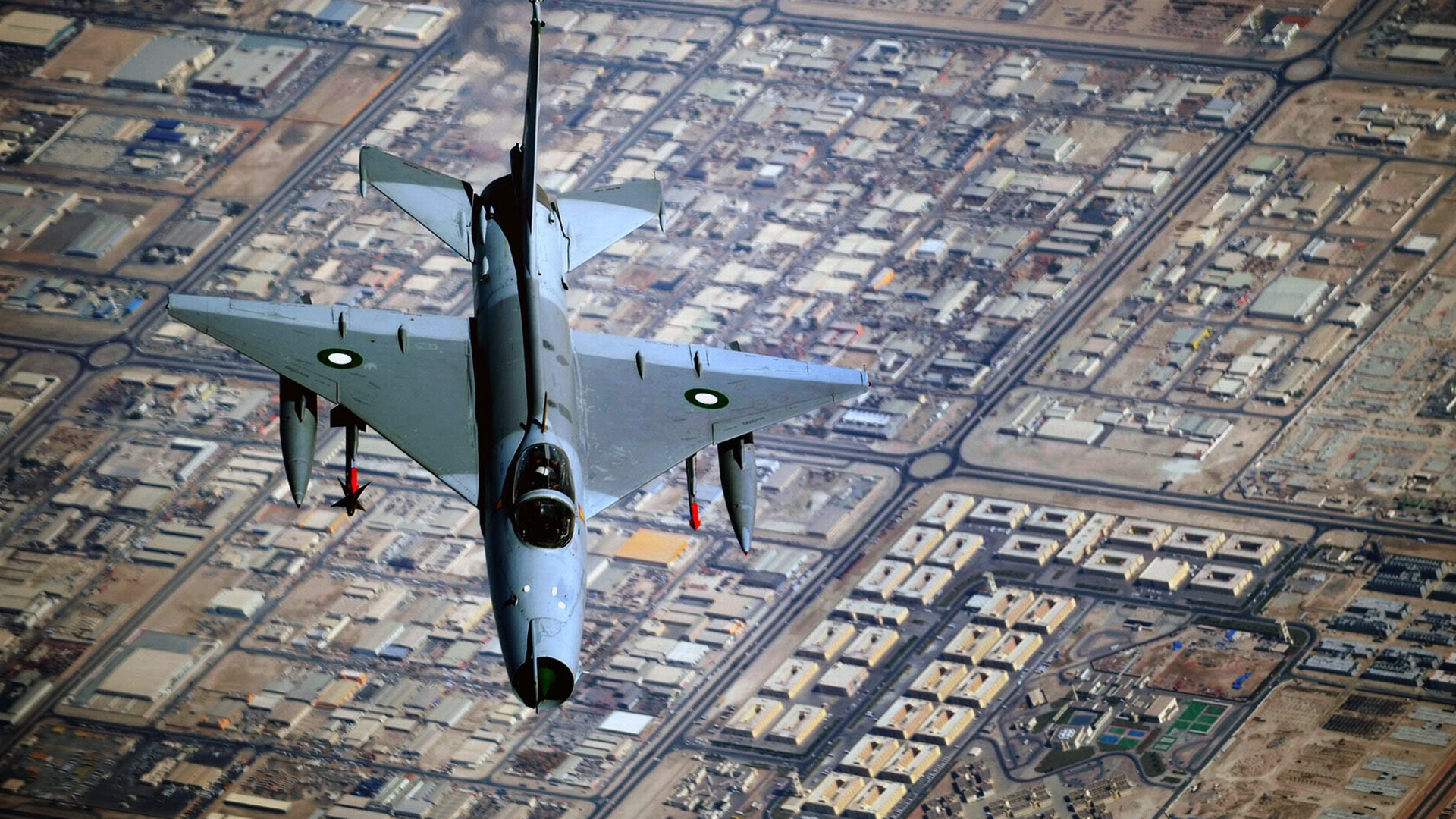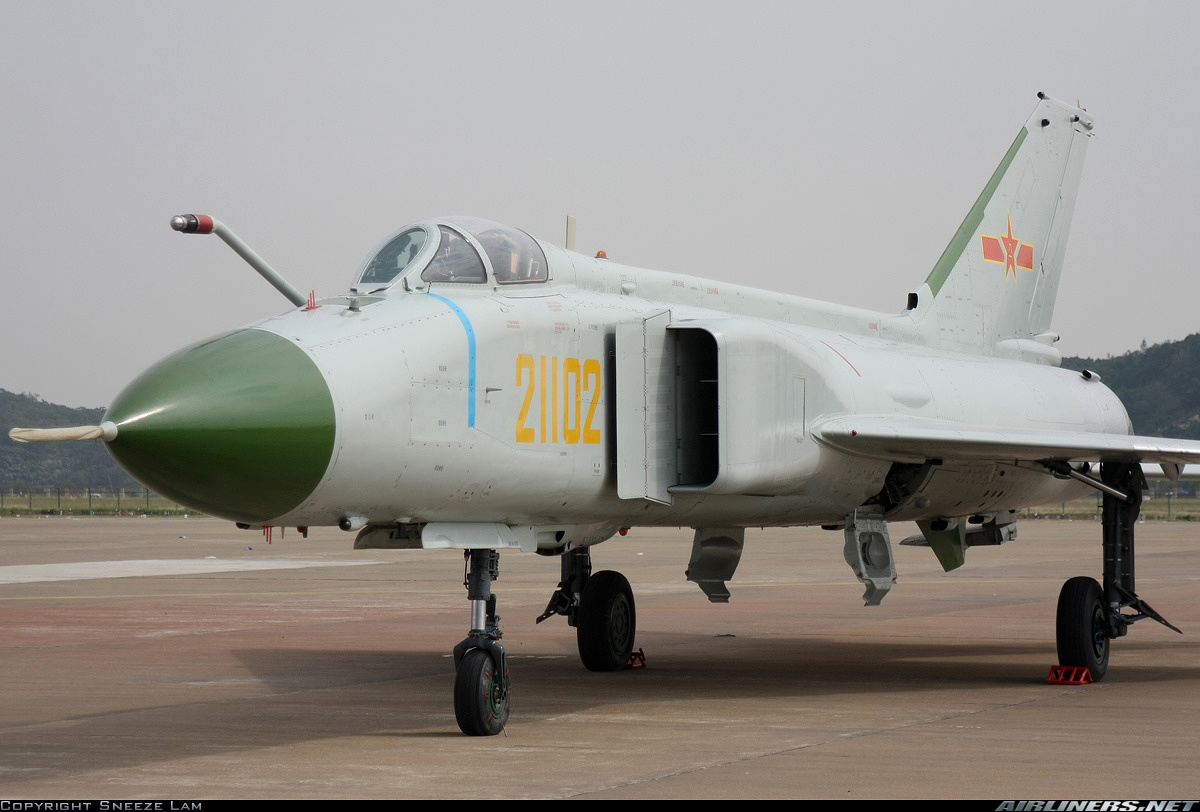Select a nation to view its fighter aircraft inventory and specifications.
United States
The United States operates the most technologically advanced fighter fleet in the world, with capabilities spanning air superiority, ground attack, and multirole missions. U.S. fighters have seen continuous combat since World War II.
View DetailsRussia
Russia's fighter aircraft heritage dates back to Soviet designs that challenged Western air superiority during the Cold War. Today, Russia continues to develop advanced fighters while maintaining large fleets of upgraded Soviet-era aircraft.
View DetailsChina
China's fighter aircraft development began with Soviet imports in the 1950s before evolving into indigenous designs. The PLAAF (People's Liberation Army Air Force) now operates one of the world's largest and most modern air forces.
View DetailsU.S. Military Aviation
The world's most advanced air power
The United States operates the most technologically advanced fighter fleet in the world, with capabilities spanning air superiority, ground attack, and multirole missions. U.S. fighters have seen continuous combat since World War II.
History of U.S. Military Aviation
The United States' journey as a global air power began in 1909 when the War Department purchased its first military aircraft from the Wright brothers. Initially used for reconnaissance, aircraft quickly became weaponized during World War I. The 94th Aero Squadron's "Hat-in-the-Ring" fighters engaged in dogfights over Europe, introducing America to aerial combat.
The interwar years saw crucial technological leaps. Billy Mitchell's controversial advocacy for air power proved prescient as Boeing developed the B-17 Flying Fortress. The 1930s brought all-metal monoplanes like the P-26 Peashooter, while the Navy perfected carrier operations with planes like the Grumman F3F.
World War II transformed American aviation. Over 300,000 aircraft were produced, including iconic fighters like the P-51 Mustang that achieved air superiority over Europe. The Pacific theater showcased carrier-based dominance with F6F Hellcats defeating Japanese Zeros. This era also saw the revolutionary B-29 Superfortress and the atomic missions that ended the war.
The Cold War propelled jet aviation. The F-86 Sabre's victory over MiG-15s in Korea demonstrated jet fighter supremacy. The 1960s introduced supersonic fighters like the F-4 Phantom II, though Vietnam exposed limitations in missile-only armament, reviving emphasis on dogfighting skills.
Modern U.S. air dominance took shape in the 1970s-80s with fourth-generation fighters. The F-15 Eagle's "not a pound for air-to-ground" philosophy produced an undefeated air superiority record, while the F-16's fly-by-wire system redefined agile light fighters. Stealth technology emerged with Lockheed's F-117 Nighthawk, proving its worth in 1991's Desert Storm.
The 21st century introduced fifth-generation fighters. The F-22 Raptor combined supercruise, stealth, and sensor fusion for unmatched air dominance. The F-35 Lightning II program created a tri-variant stealth fighter family, though not without controversy over costs and complexity. Meanwhile, unmanned systems like the MQ-9 Reaper transformed reconnaissance and strike missions.
Today's USAF and Naval Aviation maintain qualitative superiority through continuous upgrades like the F-15EX and F-16V, while developing sixth-generation NGAD (Next Generation Air Dominance) fighters. From fabric biplanes to AI-assisted stealth jets, America's military aviation history reflects relentless innovation, shaping global air combat doctrine for over a century.
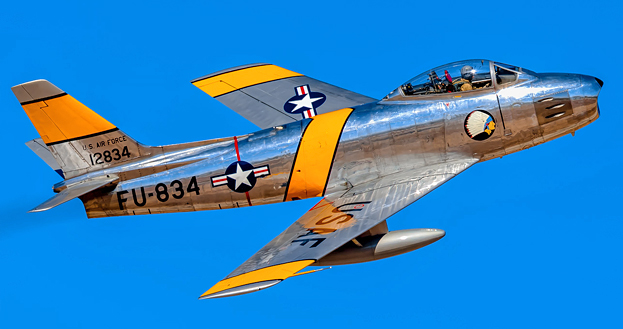 An F-86 Sabre during a Heritage Flight
over Davis-Monthan AFB
An F-86 Sabre during a Heritage Flight
over Davis-Monthan AFB
 F-14 of Fighter Squadron One Five Four
(VF-154) flies away from Naval Air
Facility Atsugi, Japan, for the last
time. (Sept. 24, 2003)
F-14 of Fighter Squadron One Five Four
(VF-154) flies away from Naval Air
Facility Atsugi, Japan, for the last
time. (Sept. 24, 2003)
Active U.S. Fighter Aircraft
| Aircraft | Role | Introduced | Quantity |
|---|---|---|---|
| F-15E Strike Eagle | Multirole Strike Fighter | 1989 | 218 |
| F-15EX Eagle II | Multirole Fighter | 2021 | 8 (104 planned) |
| F-16C Fighting Falcon | Multirole Fighter | 1984 | 708 |
| F-22A Raptor | 5th Gen Air Superiority | 2005 | 178 |
| F-35A Lightning II | 5th Gen Multirole | 2016 | 385 |
| F/A-18E/F Super Hornet | Carrier-Based Multirole | 1999 | 500+ |
| F-35B Lightning II | STOVL Multirole | 2015 | 300+ |
| F-35C Lightning II | Carrier-Based Multirole | 2019 | 100+ |
Russian Military Aviation
From Cold War legends to modern air dominance
Russia's fighter aircraft heritage dates back to Soviet designs that challenged Western air superiority during the Cold War. Today, Russia continues to develop advanced fighters while maintaining large fleets of upgraded Soviet-era aircraft.
History of Russian Military Aviation
During World War II, the Soviet Union produced rugged, reliable aircraft like the Yak-3, La-5, and Il-2 Sturmovik, which were instrumental in turning the tide on the Eastern Front. Soviet pilots became national heroes defending cities like Stalingrad and Moscow under relentless German assault.
Post-war, the USSR rapidly developed jet technology, creating fighters like the MiG-15 that shocked the West in the Korean War. The Cold War intensified aerospace competition, leading to iconic designs such as the MiG-21, Su-17, and MiG-25, which pushed speed and altitude boundaries.
Through the 1970s and 1980s, the USSR emphasised heavy, long-range fighters like the Su-27 and MiG-29 to counter NATO forces. These aircraft were designed for durability, range, and raw performance.
After the USSR's collapse, Russia continued development amid funding challenges. The 2000s brought refinements like the Su-30MKI and Su-35, while the Su-57 emerged as a stealthy fifth-generation entry.
Modern Russian aviation combines upgraded Soviet platforms with new-generation technology, prioritising versatility and export appeal, as seen with the Su-75 Checkmate concept aimed at international markets.
 Su-27 Flanker in formation during
an airshow
Su-27 Flanker in formation during
an airshow
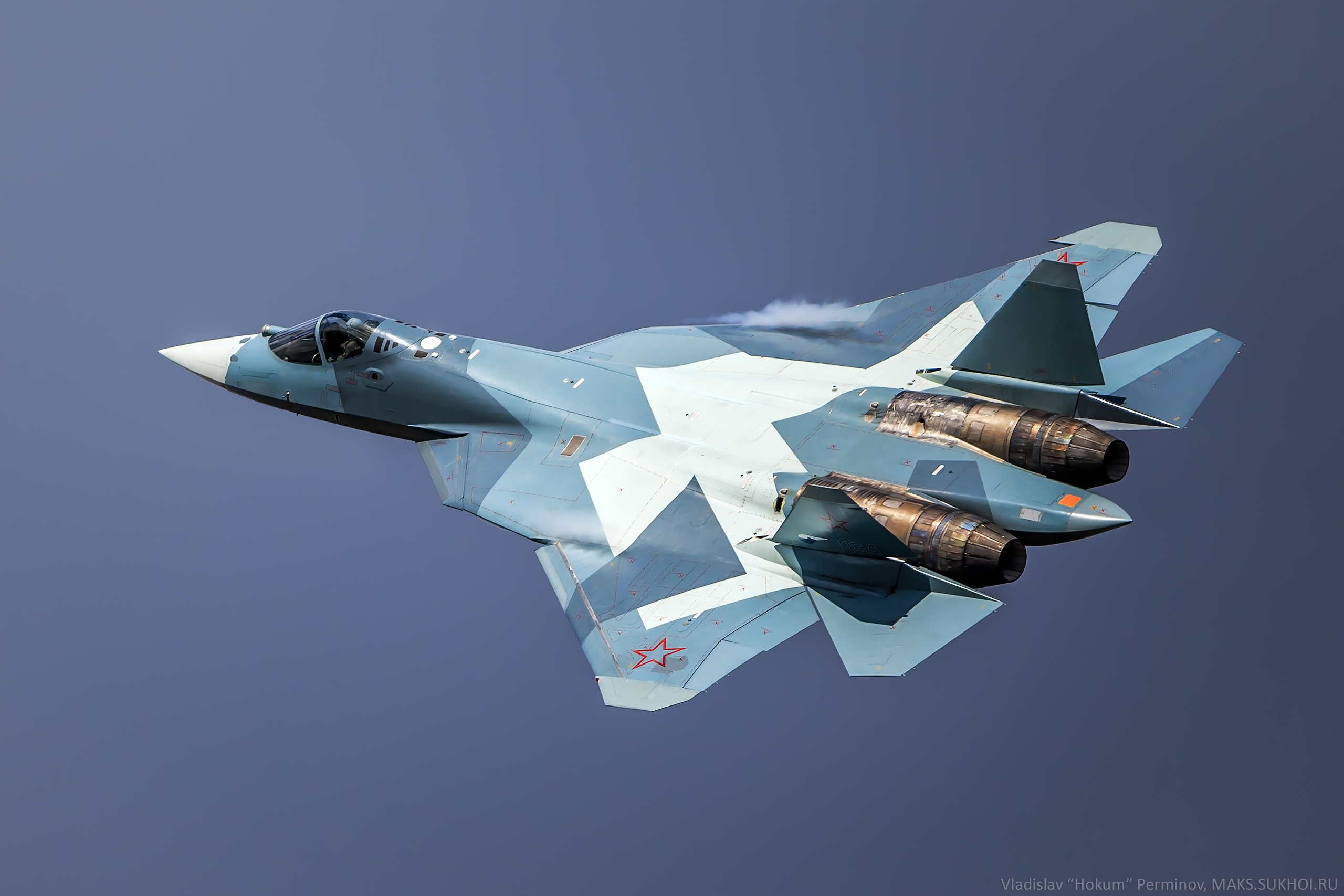 Russia's fifth-generation Su-57
stealth fighter on display
Russia's fifth-generation Su-57
stealth fighter on display
Active Russian Fighter Aircraft
| Aircraft | Role | Introduced | Quantity |
|---|---|---|---|
| Su-27 Flanker | Air Superiority | 1985 | 350+ |
| Su-30 | Multirole | 1996 | 500+ |
| Su-35 | 4++ Gen Fighter | 2014 | 100+ |
| Su-57 Felon | 5th Gen Fighter | 2020 | 15+ |
Chinese Military Aviation
From Soviet derivatives to indigenous 5th-generation fighters
China's fighter aircraft development began with Soviet imports in the 1950s before evolving into indigenous designs. The PLAAF (People's Liberation Army Air Force) now operates one of the world's largest and most modern air forces.
History of Chinese Military Aviation
China's aviation industry began with Soviet support in the 1950s, licensing aircraft like the MiG-15 (as the J-2) and MiG-17 (as the J-5). These aircraft formed the backbone of the newly established PLAAF during the Korean War era.
During the Cold War, China developed indigenous variants such as the J-6 and J-7, while political isolation forced internal innovation. The Cultural Revolution slowed progress, but China resumed advancements in the 1980s with the Chengdu and Shenyang aircraft factories playing key roles.
The 1990s saw a technological leap as China acquired Su-27s and Su-30s from Russia, which were later reverse-engineered into the J-11 and evolved into the powerful J-16 strike fighter.
In the 2000s, China accelerated stealth and radar development. The J-10 became the country's first successful modern multirole fighter, and the J-20 marked China's debut in fifth-generation stealth aviation, showcasing indigenous engines and avionics.
Today, China is a global aviation power with a growing fleet of stealth fighters, drones, and advanced multirole platforms designed for regional dominance and blue-water operations under the PLA Air Force and Navy.
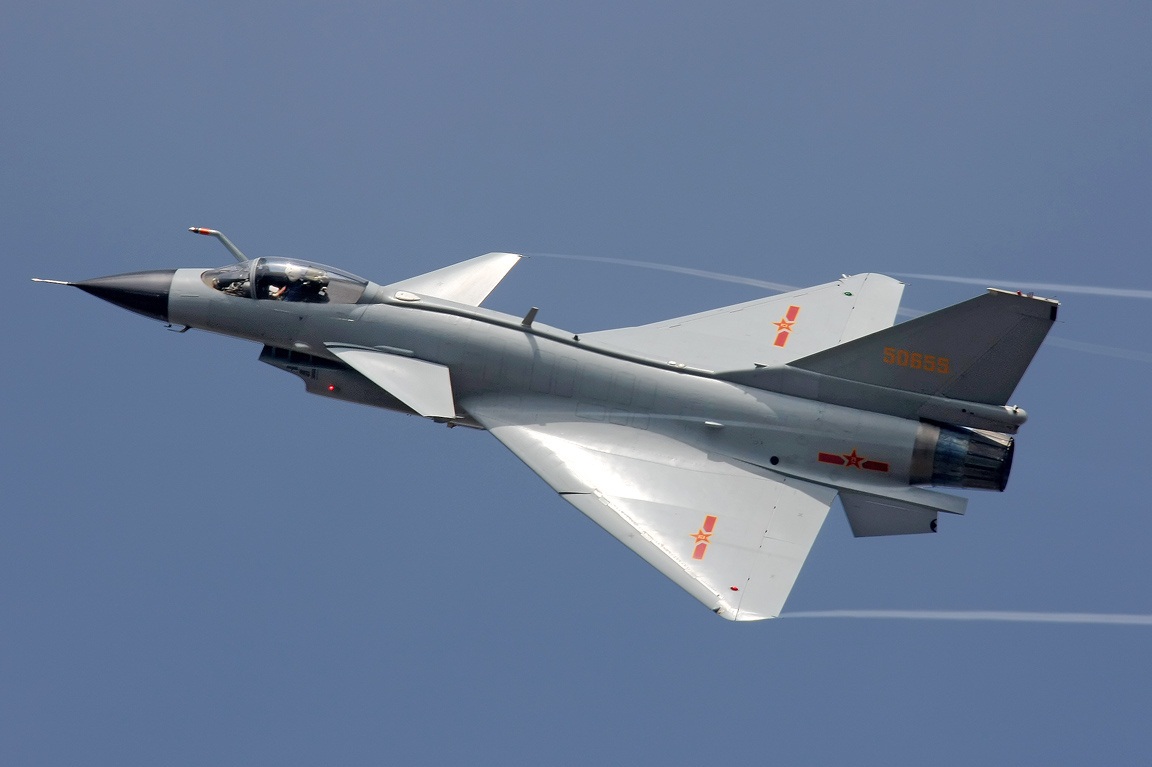 J-10A, China's multirole fighter
J-10A, China's multirole fighter
 J-20 stealth fighter during a test
flight
J-20 stealth fighter during a test
flight
Active Chinese Fighter Aircraft
| Aircraft | Role | Introduced | Quantity |
|---|---|---|---|
| J-10 Vigorous Dragon | Multirole | 2005 | 400+ |
| J-11 (Su-27 derivative) | Air Superiority | 1998 | 300+ |
| J-16 | Strike Fighter | 2013 | 200+ |
| J-20 Mighty Dragon | 5th Gen Fighter | 2017 | 50+ |

